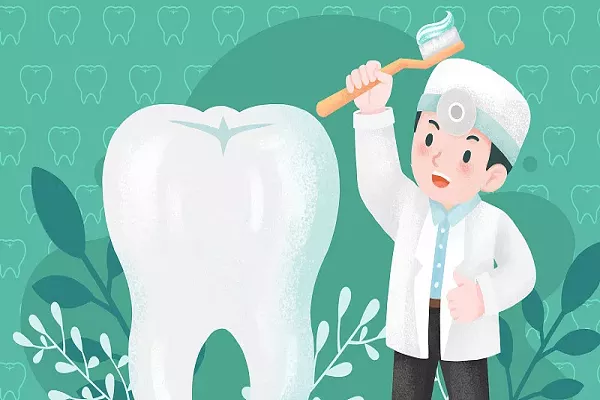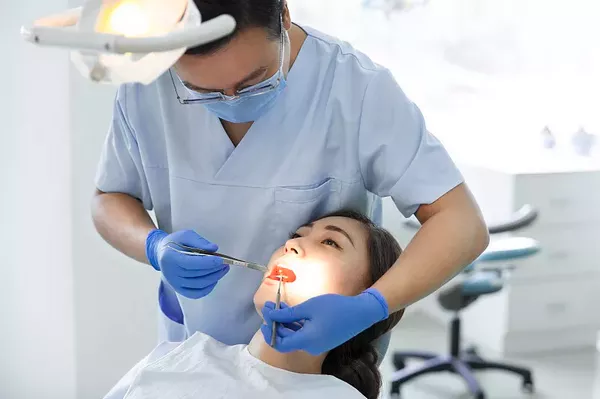Gingivitis, characterized by inflammation of the gums, is a common and reversible condition when addressed promptly. This essay delves into the dynamics of gingivitis, exploring its causes, progression, and the potential for resolution. By understanding the underlying factors and adopting proactive measures, individuals can navigate the journey toward gum health and explore the question: Can gingivitis truly go away?
Introduction: The Prelude to Gum Disease
Gingivitis stands as the initial stage of gum disease, often underestimated due to its mild symptoms. However, it serves as a crucial indicator of potential oral health issues if left untreated. The primary cause of gingivitis is the accumulation of plaque—a biofilm of bacteria—on the teeth and gums. This plaque, if not adequately removed through proper oral hygiene, triggers inflammation, leading to redness, swelling, and bleeding of the gums. Gingivitis is a reversible condition, and its resolution depends on the individual’s commitment to oral care practices.
Understanding the Causes of Gingivitis
To comprehend whether gingivitis can truly go away, one must delve into its causes. Poor oral hygiene practices, including irregular brushing and flossing, pave the way for plaque buildup. The bacteria in plaque release toxins that irritate the gums, initiating the inflammatory response characteristic of gingivitis. Beyond oral care, factors such as smoking, certain medical conditions, hormonal changes, and genetic predisposition contribute to an increased susceptibility to gingivitis. These factors shape the dynamics of gingivitis and influence its potential resolution.
The Role of Plaque: A Reversible Offender
Plaque, the primary offender in gingivitis, is a dynamic and reversible entity. The accumulation of plaque on the teeth and gums is a continuous process, but its removal is equally achievable through proper oral care. The daily routine of brushing and flossing effectively disrupts the formation of plaque, preventing its progression to more advanced stages. As a reversible offender, plaque responds to consistent and thorough oral hygiene practices, making the resolution of gingivitis an attainable goal for individuals committed to their oral health.
The Progression of Gingivitis: From Reversible to Irreversible?
While gingivitis itself is a reversible condition, its progression to more severe forms of gum disease is a critical consideration. If left untreated, gingivitis can advance to periodontitis—a more serious and often irreversible condition. Periodontitis involves the inflammation not only of the gums but also of the supporting structures of the teeth, including the bone. The transition from gingivitis to periodontitis underscores the importance of early intervention and highlights the reversible nature of gingivitis when addressed promptly.
The Role of Professional Intervention: Navigating the Path to Resolution
Resolution of gingivitis often involves not only personal commitment to oral care practices but also professional intervention. Regular dental check-ups, where dental professionals perform thorough cleanings, are integral to the resolution process. Dental hygienists employ techniques such as scaling and root planing to remove plaque and tartar buildup, addressing the early signs of gingivitis and preventing its progression. The collaboration between individuals and dental professionals forms a symbiotic relationship crucial for navigating the path to resolution.
Individual Commitment to Oral Care Practices: A Key Player
Personal commitment to oral care practices emerges as a key player in the resolution of gingivitis. Effective oral hygiene routines, including brushing at least twice a day with a soft-bristled toothbrush and fluoride toothpaste, become the foundation. Meticulous attention to the gumline during brushing ensures thorough removal of plaque, contributing to the resolution of gingivitis. Daily flossing, an often underestimated practice, addresses areas between teeth and along the gumline that a toothbrush may not reach, preventing the progression of gingivitis.
Lifestyle Adjustments: Beyond Brushing and Flossing
The resolution of gingivitis extends beyond the confines of traditional oral care to encompass lifestyle adjustments. Smoking and tobacco use, recognized as significant risk factors for gum disease, demand cessation for comprehensive resolution. Quitting smoking not only benefits oral health but also contributes to the overall well-being of individuals. Dietary considerations, including a balanced intake of nutrients like vitamin C and vitamin D, support gum health and contribute to the resolution of gingivitis.
The Impact of Systemic Factors: A Holistic Approach
Gingivitis, while primarily a localized condition, is influenced by systemic factors. Underlying medical conditions, hormonal changes, and genetic predisposition can impact the severity and resolution of gingivitis. Managing these systemic factors, often with the guidance of healthcare professionals, becomes part of the holistic approach to resolving gingivitis. A comprehensive understanding of the interconnectedness between oral health and overall well-being underscores the significance of systemic factors in the resolution process.
Gingivitis in Special Populations: Tailoring Resolution Strategies
Certain populations, such as pregnant individuals, adolescents, and those with specific medical conditions, may be more susceptible to gingivitis. Hormonal changes during pregnancy, for example, can increase vulnerability to gum disease. Tailoring resolution strategies to accommodate the unique needs of these populations is essential. This may involve more frequent dental check-ups, specialized oral care routines, and additional support from healthcare professionals to ensure the effective resolution of gingivitis.
The Genetic Dimension: Navigating Resolution Challenges
While genetics play a role in gum disease susceptibility, individuals with a genetic predisposition can still navigate the challenges of resolution effectively. Increased vigilance, more frequent dental check-ups, and meticulous oral care practices may be recommended for those with a family history of gum disease. Understanding the genetic dimension of gingivitis empowers individuals to take proactive measures, enhancing their ability to achieve resolution.
Conclusion: The Promise of Resolution
In conclusion, the dynamics of gingivitis highlight its reversible nature when addressed promptly and effectively. The resolution of gingivitis involves a collaborative effort between individuals and dental professionals, encompassing personal commitment to oral care practices, lifestyle adjustments, and systemic considerations. While gingivitis itself is reversible, the potential for resolution hinges on proactive measures and a holistic approach to oral health. The promise of resolution lies in the understanding that gingivitis, when met with consistent and informed action, can truly go away, paving the way for lasting gum health.





























